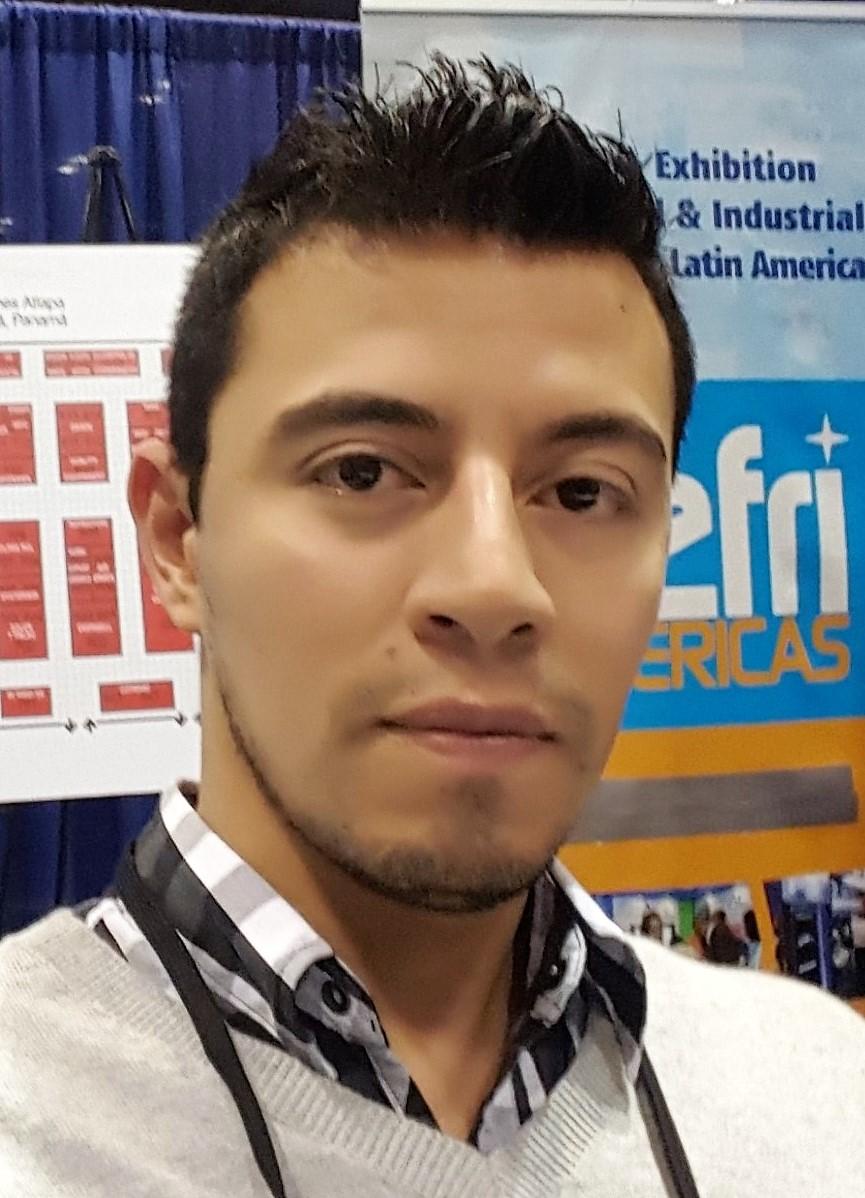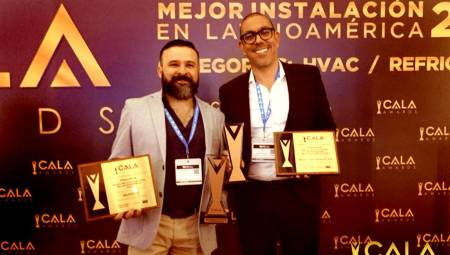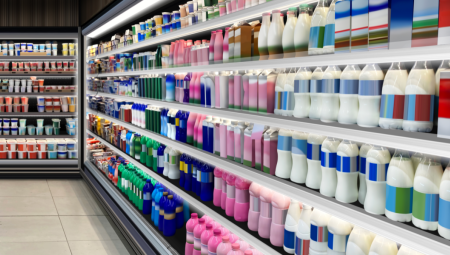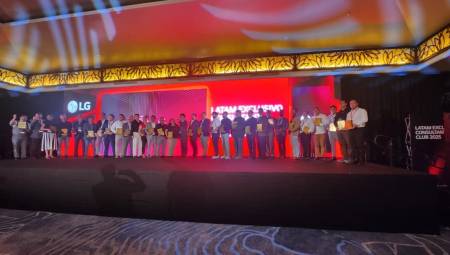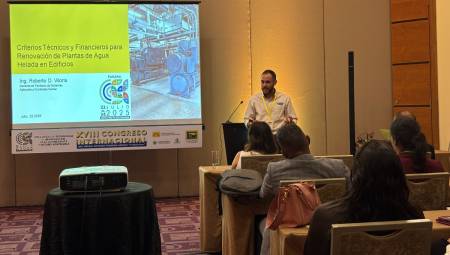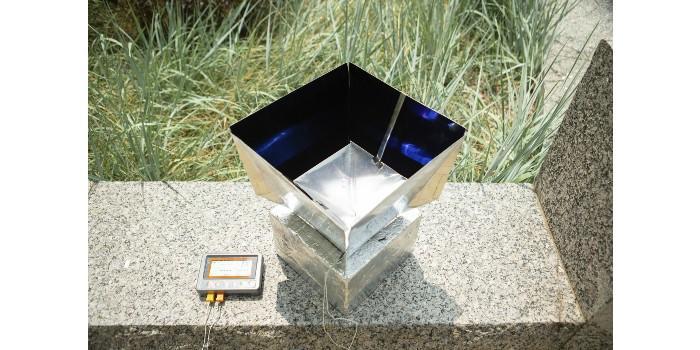 United States. A group of engineers at the University at Buffalo have designed a new system that can help cool buildings in crowded metropolitan areas without consuming electricity.
United States. A group of engineers at the University at Buffalo have designed a new system that can help cool buildings in crowded metropolitan areas without consuming electricity.
The system consists of a special material, a low-cost polymer/aluminum film, which is installed inside a box at the bottom of a specially designed solar "shelter". The film helps keep its environment cool by absorbing heat from the air inside the box and transmitting that energy through Earth's atmosphere into outer space. The shelter has a dual purpose, helping to block incoming sunlight, while also transmitting the thermal radiation emitted by the film into the sky.
"The polymer stays cold as it dissipates heat through thermal radiation and can then cool the environment," says co-senior author Lyu Zhou, a doctoral candidate in electrical engineering in the University at Buffalo School of Engineering and Applied Sciences. "This is called radiative or passive cooling, and it's very interesting because it doesn't consume electricity; you won't need a battery or other source of electricity to perform the cooling."
"One of the innovations of our system is the ability to deliberately direct thermal emissions into the sky," says lead researcher Qiaoqiang Gan, PhD, an associate professor of electrical engineering at UB. "Normally, thermal emissions travel in all directions. We have found a way to transmit the broadcasts in a narrow direction. This allows the system to be more effective in urban environments, where there are tall buildings on all sides. We used low-cost materials available in the market and found that they work very well."
Together, the shelter and box system the engineers designed is about 18 inches tall (45.72 centimeters), 10 inches wide, and 10 inches long (25.4 centimeters). To cool a building, it would be necessary to install numerous system units to cover a roof.
The new passive cooling system addresses a major problem in the field: how radiative cooling can work during the day and in crowded urban areas.
"During the night, radiative cooling is easy because we don't have solar input, so thermal emissions just go out and we notice radiative cooling easily," Song says. "But daytime cooling is a challenge because the sun is shining. In this situation, you need to find strategies to prevent roofs from heating up. You also need to find emitting materials that don't absorb solar energy. Our system addresses these challenges."
How Innovative Architecture Can Drive Radiative Cooling
The new radiative cooling system incorporates a number of optically interesting design features.
One of the core components is the polymer/metal film, which is made of an aluminum sheet coated with a transparent polymer called polydimethylsiloxane. Aluminum reflects sunlight, while the polymer absorbs and dissipates heat from the surrounding air.
Engineers placed the material at the bottom of a foam box and erected a solar "shelter" on top of the box, using a solar-absorbing material to build four outward-sloping walls, along with an inverted square cone within those walls.
This architecture has a dual purpose: first, it helps absorb sunlight. Secondly, the shape of the walls and the cone direct the heat emitted by the film towards the sky.
"If you look at your car's headlight, it has a certain structure that allows it to direct the light in a certain direction," Gan says. "We follow this kind of design. The structure of our beam modeling system increases our access to the sky. The ability to direct emissions improves system performance in busy areas."
Data Source Provider: University at Buffalo.


